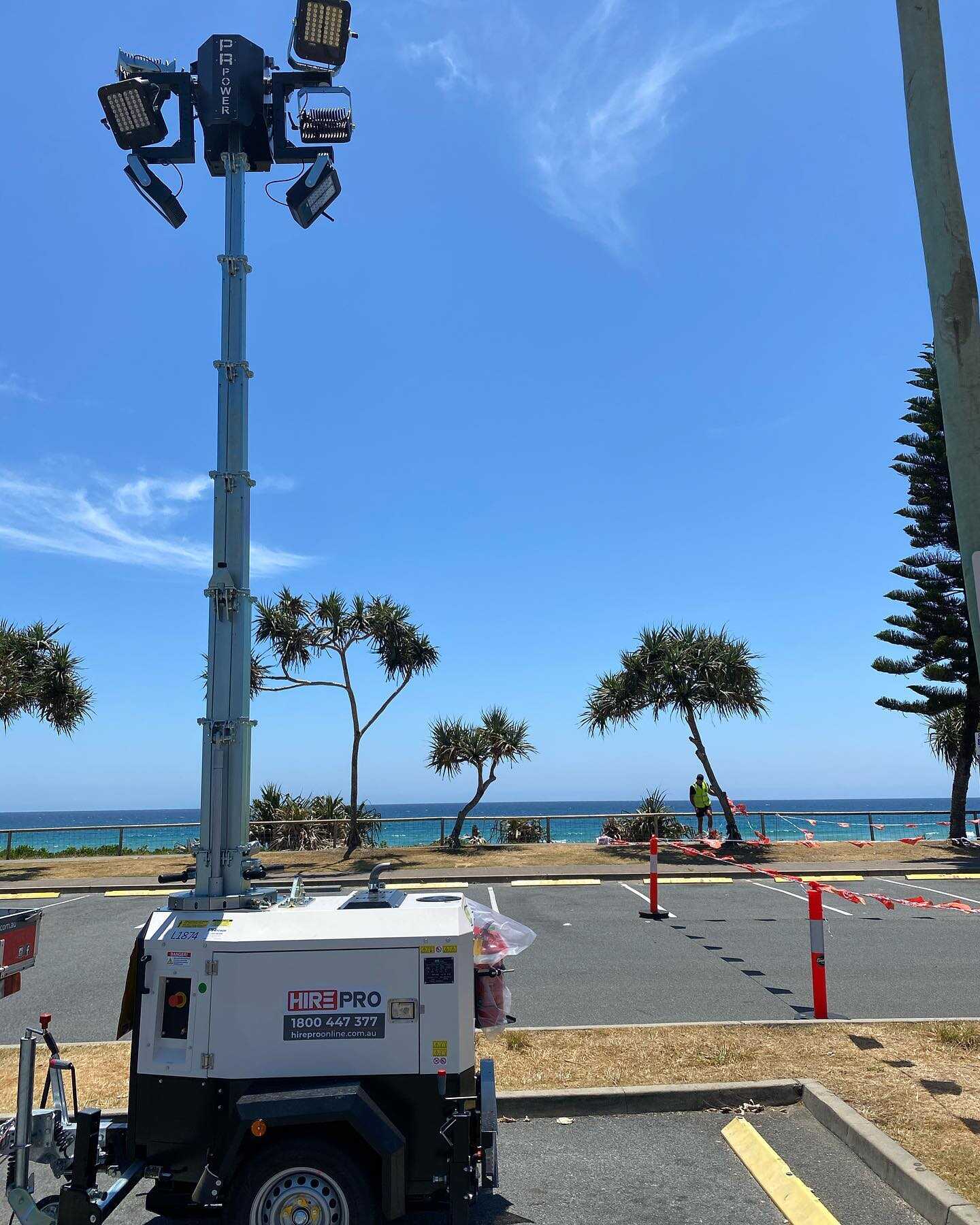Precautions for the Construction of Electric Telescoping Masts
December 14,2022
In addition to strictly complying with the safety provisions of these regulations, all types of electric telescoping masts should also comply with the following.

Construction requirements and precautions for electric telescoping masts
- Lift masts shall be used within the scope of the approved design.
- After assembly, the mast shall be tested for static and dynamic loads. They shall be used only after passing the test.
- When handling lift masts, they should be handled slowly and gently, without throwing or dropping them, and should be set aside reasonably. When handling with more than two persons, the left and right shoulders and the pace should be the same, to prevent the hands and feet from being pinched.
- When assembling the mast, the mast should be assembled with a manacle to the hole. It is strictly forbidden to use fingers or screws etc. instead. Tightening and removing screws at height should be done with dull hands as far as possible and with appropriate force.
- The height of the cable wind should be not less than 7m when crossing the road. A safe distance should be maintained between the cable wind and high voltage lines.
- The cable wind should be reasonably arranged and evenly tightened. The cable wind should be connected to the top of the lift mast by unloading the armor, and to the ground anchor by rolling the head, and the number of cable wind should be according to the design.
- Ground anchors should be calculated. The use of trees and electric poles is strictly prohibited. If it is necessary to use poles, etc., calculations should be made and agreed upon with the relevant authorities. Inspection should be carried out after the rain, during the freezing, and the trial lifting.
- The path of the mast must be firm and solid, with no water on the ground and no holes in the ground, and with sufficient ground resistance. When used on floor slabs, the floor slabs should be empirically calculated and reinforced if necessary.
- The mast should be tilted slightly forward when the mast is being raised or lowered. Adjacent halyards must be staggered. And the halyards within 180° of each other must not be released at the same time. When the mast is itravelingng on an overhead diving board, the diving board should be fixed reliably.